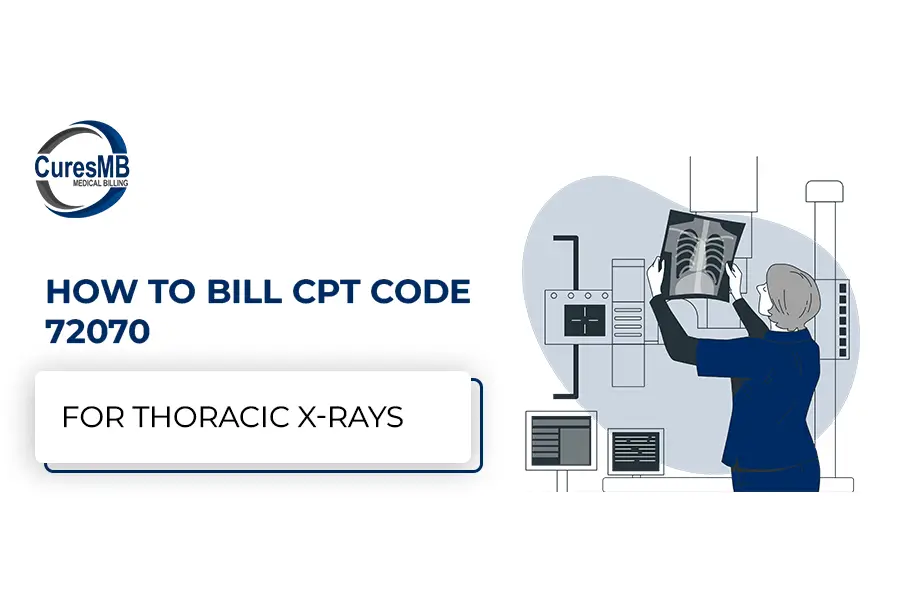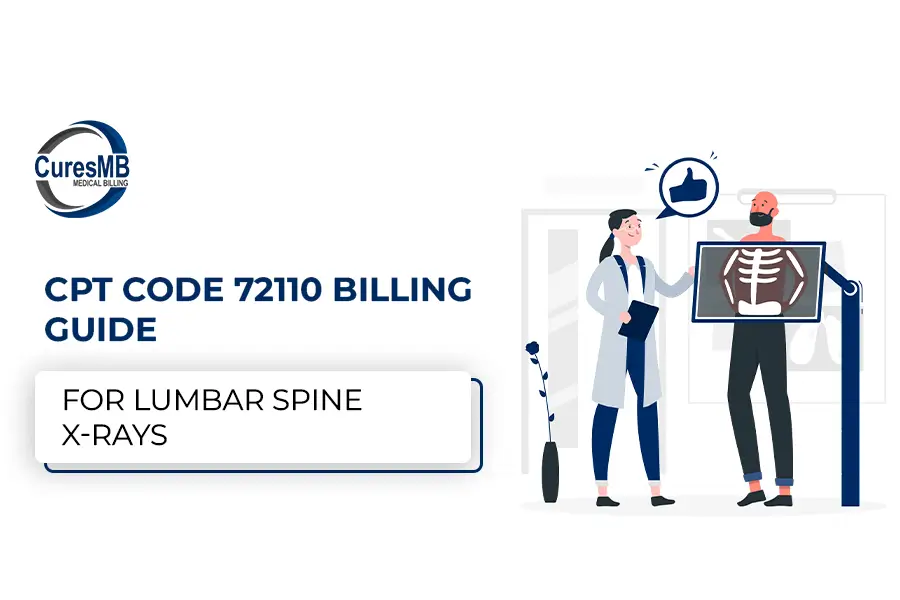In podiatry practices, ICD-10 codes play a important role in identifying and documenting various foot and ankle conditions and diseases. These alphanumeric codes are part of the International Classification of Diseases, Tenth Revision (ICD-10) coding system, used to categorize and describe diagnoses in healthcare settings. Each ICD-10 code corresponds to a specific medical condition or disease, providing standardized medical billing and coding terminology.
Accurate ICD-10 coding is essential for podiatrists to ensure proper reimbursement for the services they provide. Podiatry practices can facilitate timely and accurate billing processes by assigning the correct ICD-10 codes to patient diagnoses. Additionally, accurate coding helps improve communication among healthcare providers and insurance companies, leading to more efficient claims processing and reduced denials.
Some of the most common ICD-10 codes used in podiatry practices include those related to foot deformities, diabetic foot conditions, fungal infections, and peripheral vascular diseases.
|
ICD-10CM |
ICD-10CM Description |
|
|
R60.9 |
Edema |
|
|
M77.30 |
Calcaneal spur |
|
|
M21.40 |
Flat foot |
|
|
L60.0 |
In growing nail |
|
|
M20.10 |
Hallux valgus (acquired), unspecified foot |
|
|
M79.609 |
Pain in unspecified limb |
|
|
M20.5X9 |
Other deformities of toe(s) (acquired), unspecified foot |
|
|
B07.0 |
Plantar wart |
|
|
Q66.50 |
Congenital pes planus, unspecified foot |
|
|
L84 |
Corns and callosities |
|
Podiatry billing and coding require a thorough understanding of the specific guidelines and regulations set forth by organizations such as Medicare, CPT (Current Procedural Terminology), and the World Health Organization. Podiatrists and medical coders must know the coding standards and rules governing modifiers, bilateral procedures, and service-specific documentation requirements.
One significant difference between ICD-9 and ICD-10 codes in podiatry is the level of detail and specificity offered by the latter. ICD-10 codes provide a more extensive range of options to accurately describe podiatric conditions, allowing for better identification of systemic conditions, vascular diseases, and specific foot ailments. Podiatrists transitioning from ICD-9 to ICD-10 must ensure proper code selection to capture all relevant details for billing and coding purposes.
Modifiers are essential components in podiatry billing to indicate specific circumstances that may affect reimbursement or coding for a service provided. Common modifiers used in podiatry include those related to bilateral procedures, surgical aftercare, and distinct procedural services. Proper use of modifiers ensures that services are accurately documented and billed, reducing the risk of claim denials and errors in reimbursement
Our goal is to streamline your healthcare revenue cycle management, give you the financial freedom your practice deserves, and take control with a partner specializing in provider RCM optimization and services excellence.

Access essential company data with a simple click through the 'Download Company Info' feature.
Coding for routine foot care in podiatry presents challenges due to the specific documentation requirements associated with these services. Podiatrists must carefully document routine foot care's necessity and medical nature to justify the services provided. This includes accurate recording of patient history, physical examination findings, and treatment plans performed during the visit.
Denials for routine foot care claims in podiatry often occur due to insufficient documentation, coding inaccuracies, lack of medical necessity, or improper use of modifiers. To avoid claim denials, podiatrists should ensure that all services provided are well-documented and supported by appropriate ICD-10 codes and modifiers. Thorough documentation.
Specific ICD-10 codes for foot care-related conditions, documenting the medical necessity of each service provided, and utilizing appropriate modifiers for bilateral procedures or related services. Following established coding guidelines and best practices, podiatrists can improve reimbursement rates and reduce claim rejections for routine foot care services.
Medicare sets specific guidelines for reimbursement of podiatry services, including coverage for medically necessary procedures and services related to the treatment of foot and ankle conditions. Podiatrists must adhere to Medicare's guidelines for coding, billing, and documentation to ensure compliance and receive timely reimbursement for services rendered to Medicare beneficiaries.
Medical necessity documentation is critical in podiatry billing. It justifies the need for specific procedures or treatments based on the patient's condition. Podiatrists should provide detailed documentation of the patient's symptoms, diagnosis, treatment plan, and rationale for the services rendered. Clear and comprehensive medical necessity documentation supports the appropriate use of ICD-10 codes and ensures compliance with Medicare's reimbursement requirements.
Specificity in podiatry coding is essential to represent the services provided and the conditions treated accurately. Podiatrists must select the most appropriate ICD-10 codes that align with the patient's diagnosis and condition, considering factors such as laterality (right or left), type of diabetes mellitus, and associated systemic conditions. By addressing specificity requirements in coding, podiatrists can improve claim accuracy and reduce the risk of coding errors.
Podiatrists can find cheat sheets for common podiatry-specific ICD-10 codes through reputable sources such as professional medical coding associations, online coding resources, and coding software platforms. These cheat sheets provide quick reference guides for commonly used podiatry codes, helping podiatrists and medical coders streamline the code look-up process and ensure accurate coding for billing purposes.
The use of coding cheat sheets in podiatry practices offers several benefits, including increased coding efficiency, reduced errors in code selection, and improved accuracy in billing and documentation. By having easy access to a comprehensive list of common podiatry ICD-10 codes, podiatrists can expedite the coding process, minimize inaccuracies, and enhance overall practice revenue through timely and correct reimbursement.
Discover Cures Medical Billing Services Across Different States
FL
NY
ML
CO
NJ
AZ
TX
CA
WA
We are a team of national medical billing service experts based in Astoria, NY, committed to providing ongoing value to our customers. We leverage technology and implement best practices to provide high-quality and cost-efficient medical billing solutions from domestic locations, enabling customers to achieve their business goals. Cures Medical Billing is the best option for any medical billing needs.
Medical billing around Astoria, NY, and beyond is our core competency and our specialists will efficiently manage all your billing needs. Our medical billing specialists have over 12 Plus years of experience with all security technologies to ensure data integrity for our customers. Using our medical billing service, anyone can make their medical billing task less resource-consuming.
Discover unparalleled efficiency and precision in healthcare financial management with Cures Medical Billing Solutions.


